The Business Case for Working Openly and Transparently
Greater agility, faster innovation, increased engagement
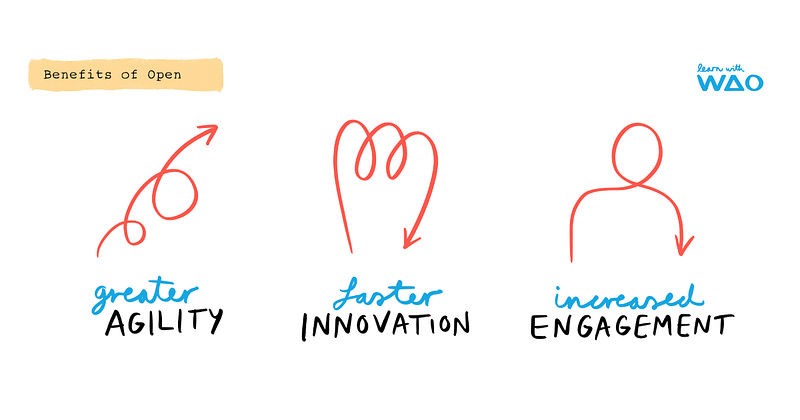
Excuse us as we go full on bizniz mode for the rest of this post. We’re quite serious about the benefits of openness and have built our cooperative as well as our individual careers on the fact that Open Source is about more than just code. What follows is the “business case” for shifting your organisation to a more open model. We’ve borrowed liberally from the Open Organization community, a group of people (including one of our members) who have written about the models and behaviours inside of FOSS for many years.
The evidence is clear: open working leads to greater agility, faster innovation, and increased engagement. Members of your organisation are more capable of working toward goals in unison and with shared vision. Ideas from both inside and outside the organisation receive more equitable consideration. Members clearly see connections between their particular activities and an organisation’s overarching values, mission, and spirit.
These advantages translate directly into better business performance and a stronger bottom line. If you want your organisation to obtain better results with the resources you currently have available, then embracing open working practices is one of your best paths toward sustainable success.
But don’t just take our word for it:
- Agility: According to McKinsey & Company, organisations that adopt information transparency across their operations can achieve up to 30% gains in efficiency and customer satisfaction.
- Innovation: Harvard Business Review reports that companies that support open and collaborative working environments can see a speed increase of up to 30% in their innovation cycles.
- Engagement: Research by Gallup reveals that highly engaged business units realise a 41% reduction in absenteeism, 17% increase in productivity, 10% higher customer ratings, see a 20% increase in sales, and are 21% more profitable.
5 Characteristics of an Open Organisation
Open Organisations are defined as exhibiting the following characteristics:
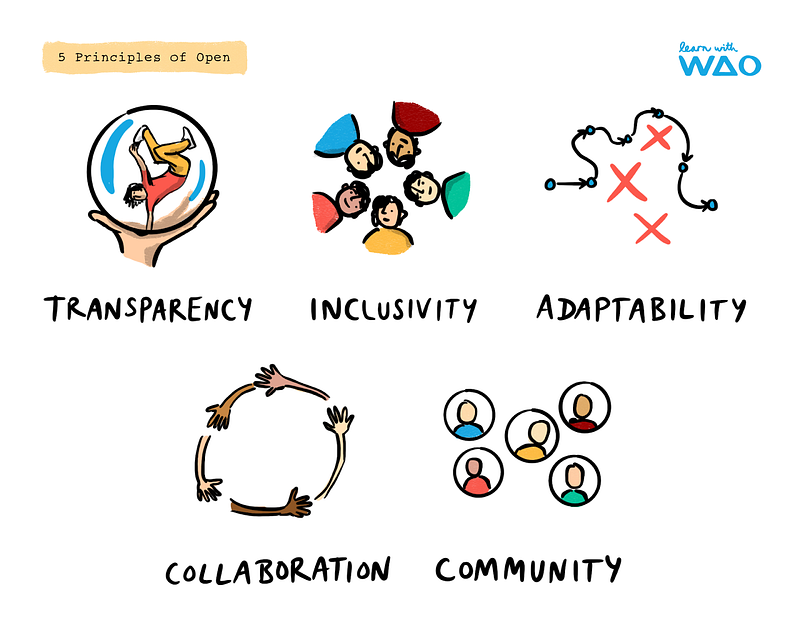
Let’s explain what’s meant by each of these:
Transparency
This is fundamental to open organisations and involves everyone involved on a project to access all relevant materials by default. As a result, this means that team members are all able to review, assess, and contribute effectively to the work being done. Moreover, transparency means team members being not only informed about decisions and processes, but being encouraged to participate in discussions and provide feedback. Both successes and failures are discussed openly, meaning that valuable lessons can be learned, goals can be clarified, and roles well-defined. All of this enhances the overall organisational accountability.
Inclusivity
Open organisations actively welcome diverse viewpoints and ensure that everyone has a voice in the future of both the project, and organisation as a whole. This can be achieved not only through well-established technical channels but also through social norms that encourage a range of perspectives. It’s important that there are clear protocols for participation so as to promote an inclusive environment where feedback is valued. Leadership for inclusivity includes proactively including overlooked voices and ensuring that all relevant opinions are heard and considered. This approach enriches the decision-making process and also reinforces a sense of duty among employees to contribute meaningfully to discussions about their work.
Adaptability
The adaptability of open organisations is characterised by their flexibility and resilience, based on collective problem-solving and collaborative decision-making. To allow true adaptability, feedback mechanisms need to be accessible to both internal and external members. This allows for peer support and agency which can have clear impact on operational methods. This orientation towards continuous learning and the readiness to adapt based on feedback helps organisations avoid repetitive mistakes. It also helps them stay responsive to the changing needs of their environment.
Collaboration
In open organisations, collaboration is the default mode of operation. These is a general belief that working together produces superior outcomes, not only in project work, but also in terms of improving organisations. Ensuring a spirit of openness means that work is not only shared within the organisation but is also available for improvement by external parties, leading to greater innovation and continuous improvement. The ease with which people can discover, provide feedback on, and join ongoing work is a useful barometer for how different, welcoming, and collaborative open organisations are compared to others.
Community
The community aspect of open organisations is based on shared values and principles that guide participation and decision-making. These values should be clear to all members and help define the organisation’s boundaries and success criteria. Team members within this community approach are empowered to make significant contributions based on a common ‘language’ to prevent miscommunication. Sharing knowledge and experiences is encouraged to further the group’s work, which strengthens the communal bond and ensuring collective progress towards organisational goals.
As you can see, these characteristics are interconnected and intertwined, leading to a virtuous cycle of openness.
Practical Steps Towards Openness
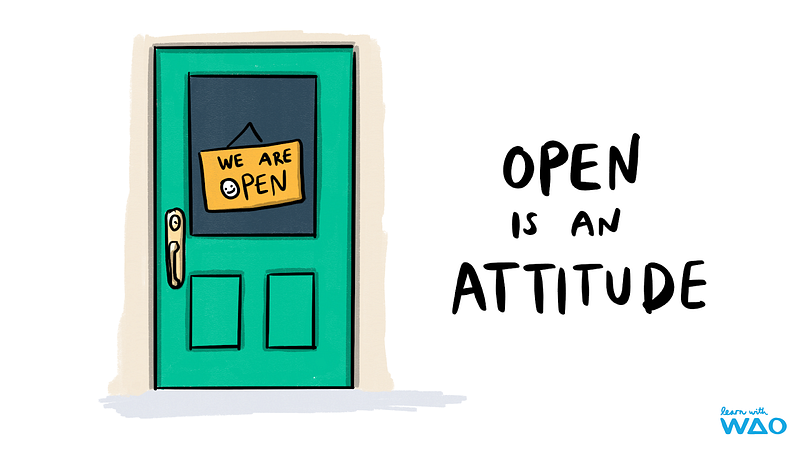
Ultimately, working openly is about cultural change. A change in attitude as much as a change in processes.
To transition to more open working practices, consider the following steps:
- Clear guidelines: Work together to document and share clear guidelines on what open working could look like in your organisation. This includes how information is shared, how feedback is given and received, and how decisions are made.
- Culture of transparency: Encourage leaders and team members to share their work and the reasoning behind their decisions openly. This can be facilitated through regular meetings, shared digital workspaces, and open forums where ideas and projects are discussed transparently.
- Inclusive communication: Ensure that all team members have equal access to communication tools and platforms. Use a variety of channels to accommodate different working styles and preferences, and encourage everyone to contribute to discussions and decision-making processes.
- Collaboration across boundaries: Use technology and collaborative tools to break down silos within your organisation. Encourage teams to work together across departments and even invite external partners or customers to contribute to projects where appropriate.
- Community engagement: Create spaces (physical/virtual/hybrid) where employees can interact, share ideas, and support each other. Regular community-building activities and team-building exercises can strengthen the communal bonds and enhance the shared sense of purpose.
Addressing Potential Challenges
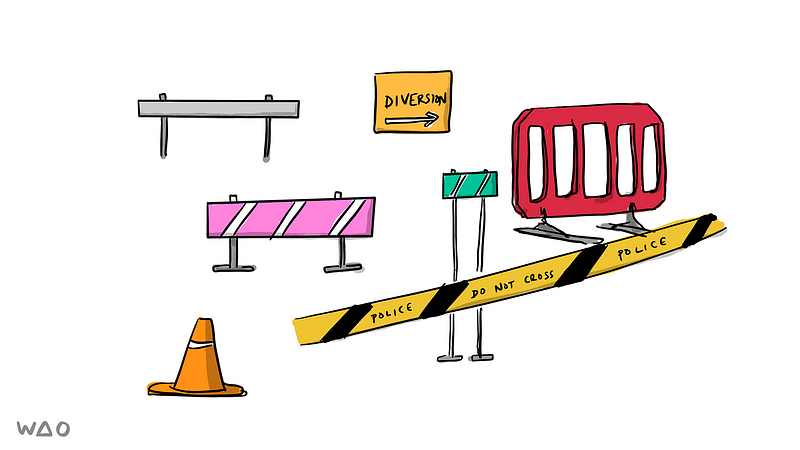
While transitioning to an open working environment offers many benefits, it also comes with challenges that need to be managed. For example, information overload can be avoided by sharing information in a structured and digestible way so as not to overwhelm team members. Try using tools that allow for information to be categorised and easily searched.
While transparency is to be encouraged, clearly define sensitive information to ensure that robust security practices are in place to protect it. Provide training to team members around data protection standards and the importance of respective privacy and confidentiality.
While open working encourages broader participation, this needs to be balanced with the need for efficiency. So set clear objectives and deadlines for collaborative projects to avoid decision-making bottlenecks or delays.
Some team members may resist changes to traditional ways of working. Overcome such cultural resistance by demonstrating the tangible benefits of open working practices through pilot projects and sharing success stories. Provide training and mentoring to help adaptation to the new ways of doing things.
Conclusion
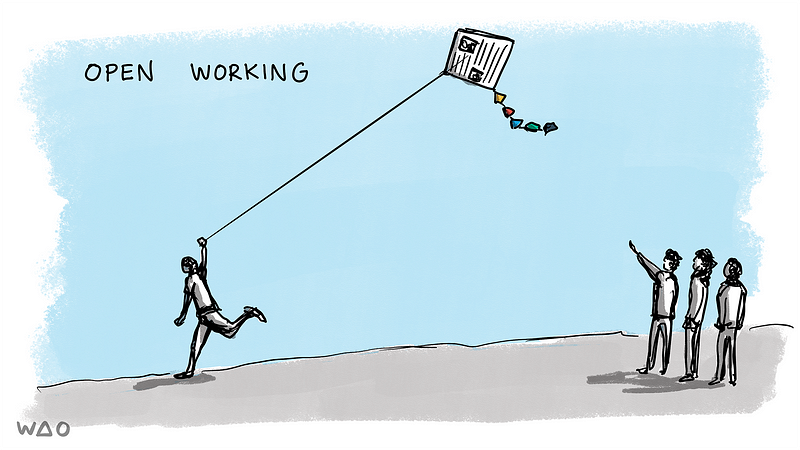
The shift towards working openly and transparently is a strategic move that can significantly enhance an organisation’s agility, innovation, and engagement. By encouraging a culture of openness based on transparency, inclusivity, adaptability, collaboration, and community, organisations can create an environment where every member feels valued and empowered to contribute.
This approach not only drives better business performance but also cultivates a sense of shared purpose and commitment among employees. Embracing open working practices isn’t just an ‘initiative’ but a pathway to sustainable success and a robust bottom line. By implementing clear guidelines, engendering a culture of transparency, ensuring inclusive communication, promoting collaboration, and engaging the community, organisations can navigate potential challenges and realise the full benefits of open working.
As you would expect of an organisation called We Are Open, our cooperative can help you and your organisation on this journey. Get in touch, or take our free email-based course, to find out more!
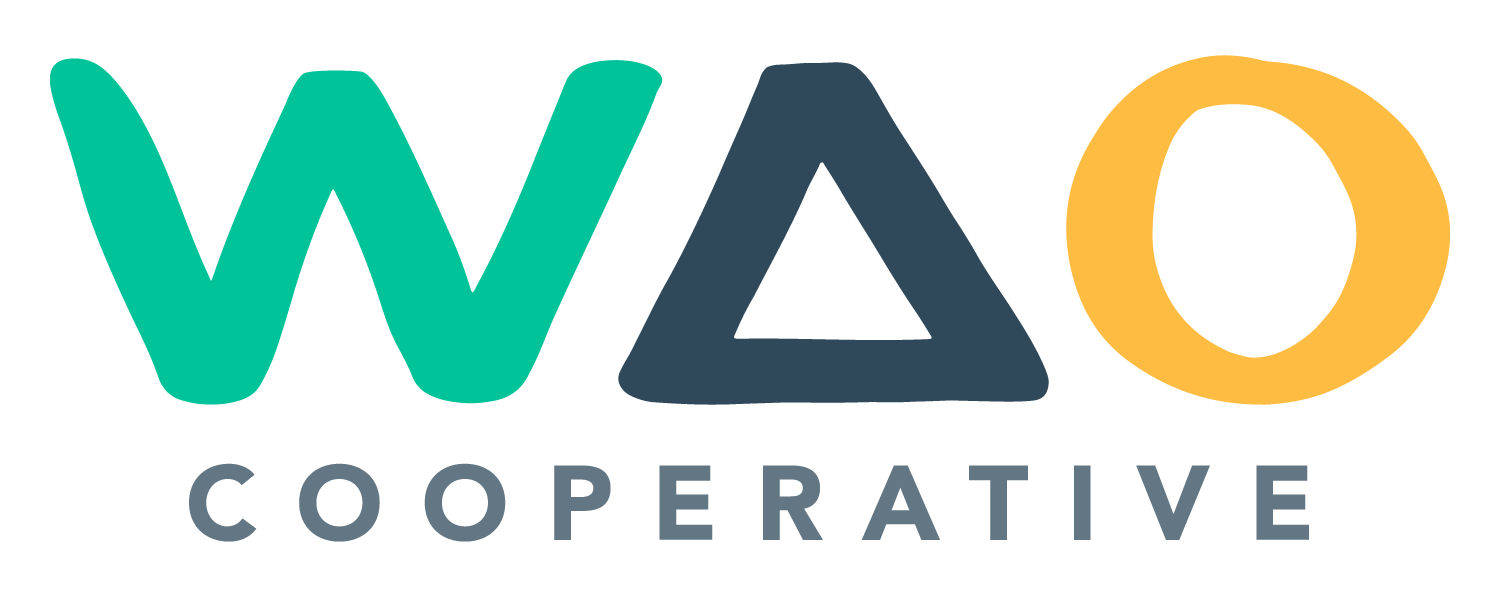
Discussion